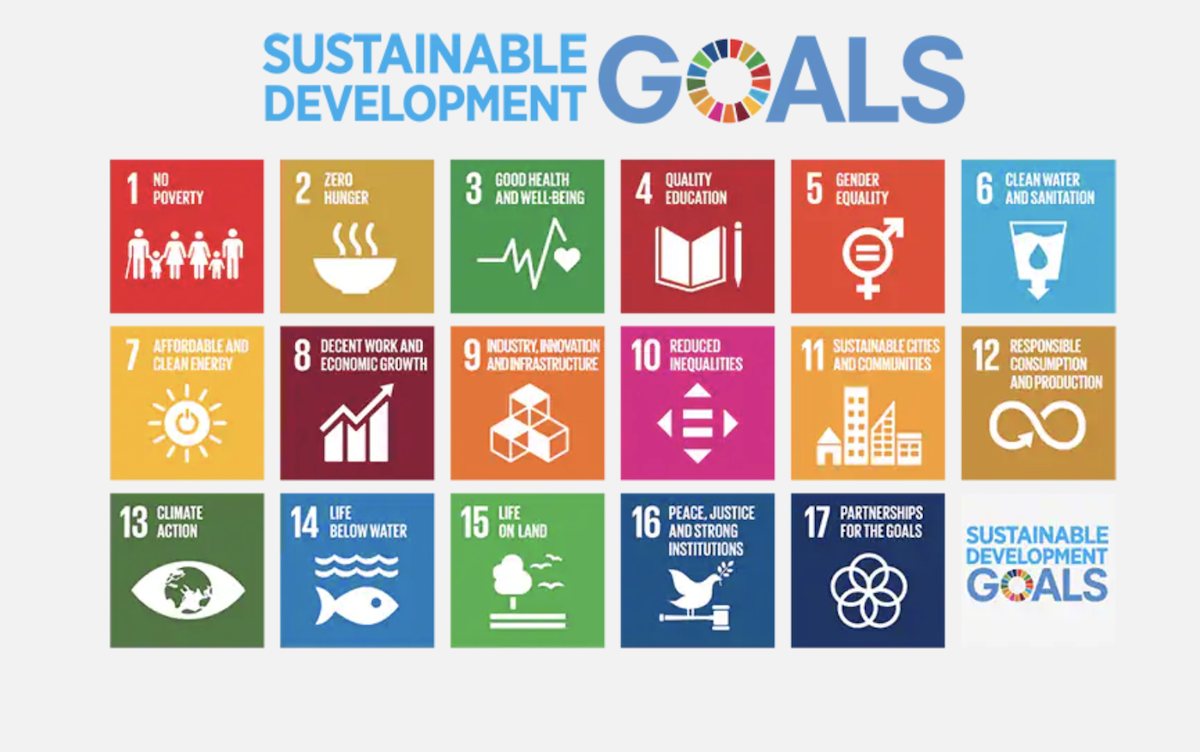California Management Review
California Management Review is a premier professional management journal for practitioners published at UC Berkeley Haas School of Business.
Dhara Vaishnav

Image Credit | Conny Schneider
In recent years, sustainability through digital transformation has emerged as a critical focus for institutions looking to drive positive environmental and social impact while ensuring the long-term business viability and profitability. This strategic combination of sustainability and technology adoption holds immense potential to enable businesses to integrate sustainable practices into their operations, foster resource efficiency and minimize their ecological footprint. By leveraging technologies like data analytics, the Internet of Things (IoT), and cloud computing, we can optimize energy consumption, minimize waste, and make informed decisions that support sustainable manufacturing processes. The adoption of these technologies not only benefits the environment but also enhances operational efficiency and cost-effectiveness for businesses.
While we try to find ways to find needle-moving changes that will help us in sustainable development, it is important to measure progress against universal standards such as Sustainable Development Goals (SDGs), provides a shared blueprint for peace and prosperity for people and the planet, now and into the future. At its heart are the 17 Sustainable Development Goals (SDGs), which are an urgent call for action by all countries - developed and developing - in a global partnership.

Figure 1: 17 Sustainable Development Goals
Digital Transformation
Integrating digital technologies also facilitates the development of innovative solutions to societal challenges. Enterprises can leverage artificial intelligence and data analytics to identify social needs, create sustainable products or services, and contribute to the well-being of communities. For instance, by utilizing AI-driven predictive maintenance, companies can optimize equipment usage, minimize downtime, and extend the lifespan of their assets, reducing the need for resource-intensive replacements. To take full advantage of technology, multiple considerations must be made for an end-to-end strategy that includes: design, source of data, technology (AI/ML, Analytics) to convert this data into insights.
1. Design Thinking - Design thinking for a circular economy involves creating sustainable, regenerative products by considering their entire lifecycle. It emphasizes durability, reparability, and the use of sustainable materials, aiming to shift from a “take-make-dispose” model to a circular one where resources are continually reused and recycled. This approach reduces waste and environmental impact while promoting economic growth through new business opportunities and cost savings.

Figure 2: Circular economy
2. Data-Driven Approach - Open data from sources like NOAA (National Oceanic and Atmospheric Administration) and other organizations play a crucial role in advancing sustainability efforts. These datasets provide valuable information on weather patterns, solar radiation, wind speeds, and other environmental factors essential for optimizing the placement and efficiency of renewable energy infrastructure. By making this data freely accessible, policymakers, researchers, and businesses can make informed decisions that enhance the effectiveness of renewable energy projects, reduce costs, and minimize environmental impacts. Furthermore, open data fosters innovation and collaboration across sectors, driving the development of new technologies and strategies that accelerate the shift towards a more sustainable and resilient energy system. Another leading open data registry is Amazon Sustainability Data Initiative (ASDI) seeks to accelerate sustainability research and innovation by minimizing the cost and time required to acquire and analyze large sustainability datasets. These datasets are publicly available to anyone.
3. Tools and Technology - Digital transformation tools like AI (using TensorFlow, PyTorch), ML, data analytics platforms (Tableau, Power BI), and IoT devices generate real-time, actionable insights from vast data. These technologies identify patterns, optimize processes, and drive data-driven strategies, enhancing productivity and innovation. Additional tools include AWS IoT, Google Cloud AI, Microsoft Azure ML, and Hadoop for big data analytics. Satellite remote sensing tools like NASA’s Landsat, ESA’s Sentinel, and NOAA’s GOES provide critical data on land use, vegetation, atmospheric conditions, and ocean temperatures. This helps track deforestation, urban growth, glacial retreat, and sea level rise, supporting climate models and environmental assessments for informed decision-making in sustainability and climate change mitigation.
4. Metrics and Reporting – Defining metrics for each goal and sub-goals and tracking using consistent, universal benchmarks is important in the success of achieving these goals and thereby ultimately benefiting the change effort. Companies with climate change and CSR provide annual sustainability reports.
The energy transition to renewables involves shifting from fossil fuels to sustainable energy sources like solar, wind, and hydroelectric power. This transition aims to reduce greenhouse gas emissions, combat climate change, and promote energy security. Advances in technology, decreasing costs of renewable energy, and supportive policies are accelerating this shift. By investing in renewable infrastructure and innovation, we can create a more resilient, sustainable energy system that supports economic growth and environmental protection.
Metrics and Progress

Data from U.S. Energy Information Administration’s International Energy Outlook 2021 report.
Digital Transformation recommendations
1. Data Management - Collect, store, and analyze vast amounts of data across your operations. Autonomous machines improve the speed and accuracy of data collection with little human intervention. Quickly access insights through advanced technologies like AI and ML that help organizations optimize operations and drive efficiency.
2. Demand forecasting - IoT devices can help monitor and manage energy usage in real-time enabling organizations to respond to changes quickly and efficiently. HPC can facilitate future energy demand forecasting helping energy producers plan for tomorrow’s energy needs.
3. Emissions monitoring - Leverage cloud computing, IoT, and other direct observation technologies (including a selection of pre-integrated 3rd party options for satellite, airplane, UAV, and stationary continuous monitoring systems) energy companies can have visibility into measured emissions alongside operational data allowing them to quickly act when incidents occur and drive cleaner operations.
4. Predictive maintenance & production optimization - Through the cloud and technologies like ML and IoT, organizations are developing modern workflows for applications like predictive maintenance and what-if scenario planning, to improve the operational efficiency of industrial assets and field equipment.
Digital transformation technologies such as data analytics, the Internet of Things (IoT), and cloud computing can help achieve sustainable development goals faster by identifying the changes that are needle-moving. A thoughtful adoption of these technologies not only benefits the environment but also enhances operational efficiency and cost-effectiveness for businesses.
Strand, R. (forthcoming). Global sustainability frontrunners: Lessons from the Nordics. California Management Review.
Webpage United Nations Department of Economic and Social Affairs Sustainable Development (Section The 17 Goals) from https://sdgs.un.org/goals
Webpage United Nations Department of Economic and Social Affairs Sustainable Development on Goal12 https://sdgs.un.org/goals/goal12
International Energy Outlook 2023, Release Date: October 11, 2023 on https://www.eia.gov/outlooks/ieo/
451 Research Black and White Paper, The Carbon Reduction Opportunity of Moving to Amazon Web Services October 2019 on https://sustainability.aboutamazon.com/carbon-reduction-aws.pdf
Webpage on Registry of Open Data on AWS https://registry.opendata.aws/collab/asdi/
Webpage on sustainable capitalism, Section “Circular Economy and Sustainable Capitalism” https://earth.org/sustainable-capitalism/
https://registry.opendata.aws/tag/sustainability/usage-examples/index.html
Article on Role of Digital Transformation for Achieving Sustainability: Mediated Role of Stakeholders, Key Capabilities and Technology
AWS Sustainability Report 2022 https://sustainability.aboutamazon.com/2022-sustainability-report.pdf
 Spotlight
Sayan Chatterjee
Spotlight
Sayan Chatterjee
 Spotlight
Mohammad Rajib Uddin et al.
Spotlight
Mohammad Rajib Uddin et al.